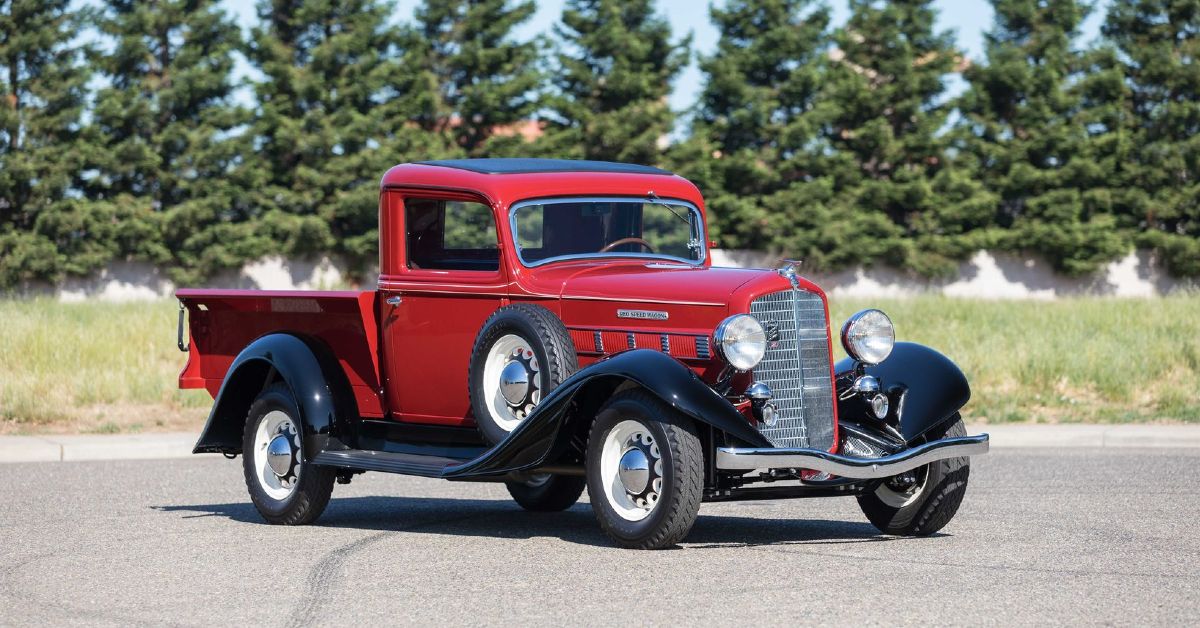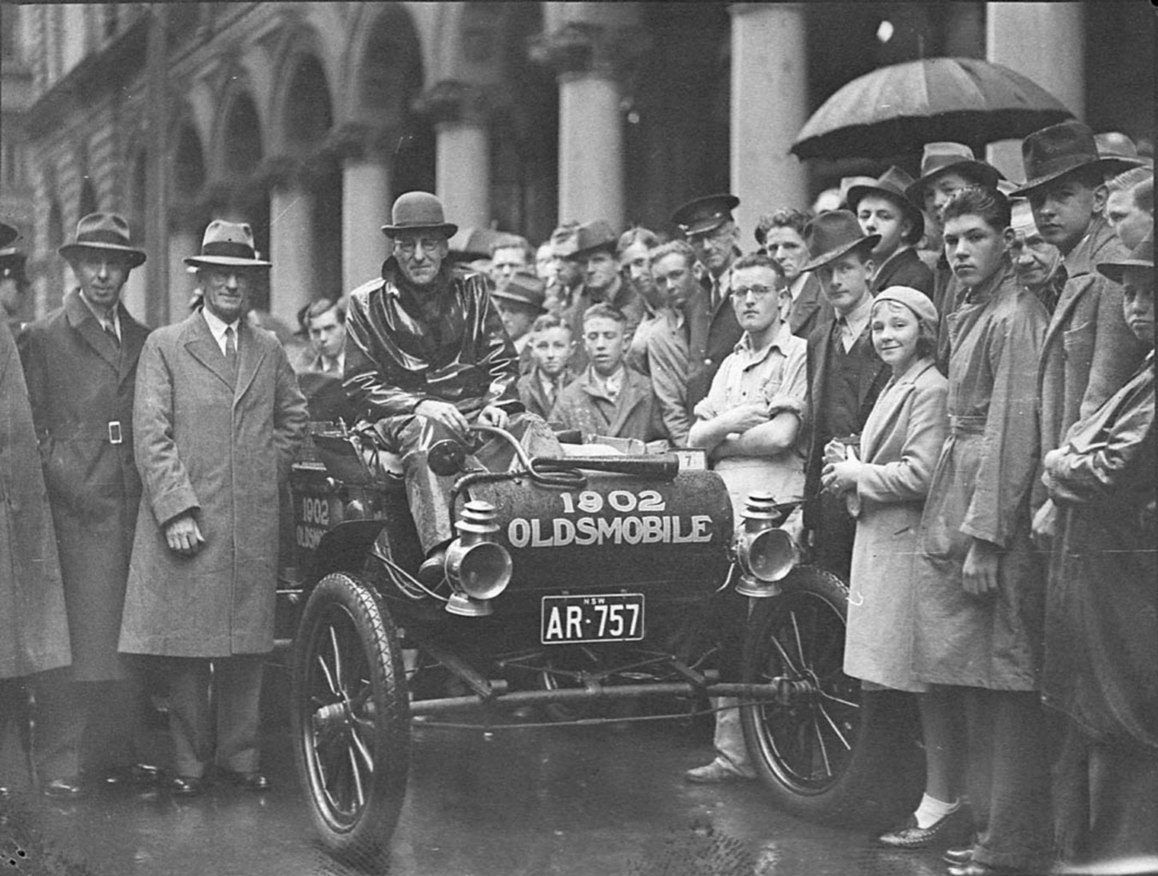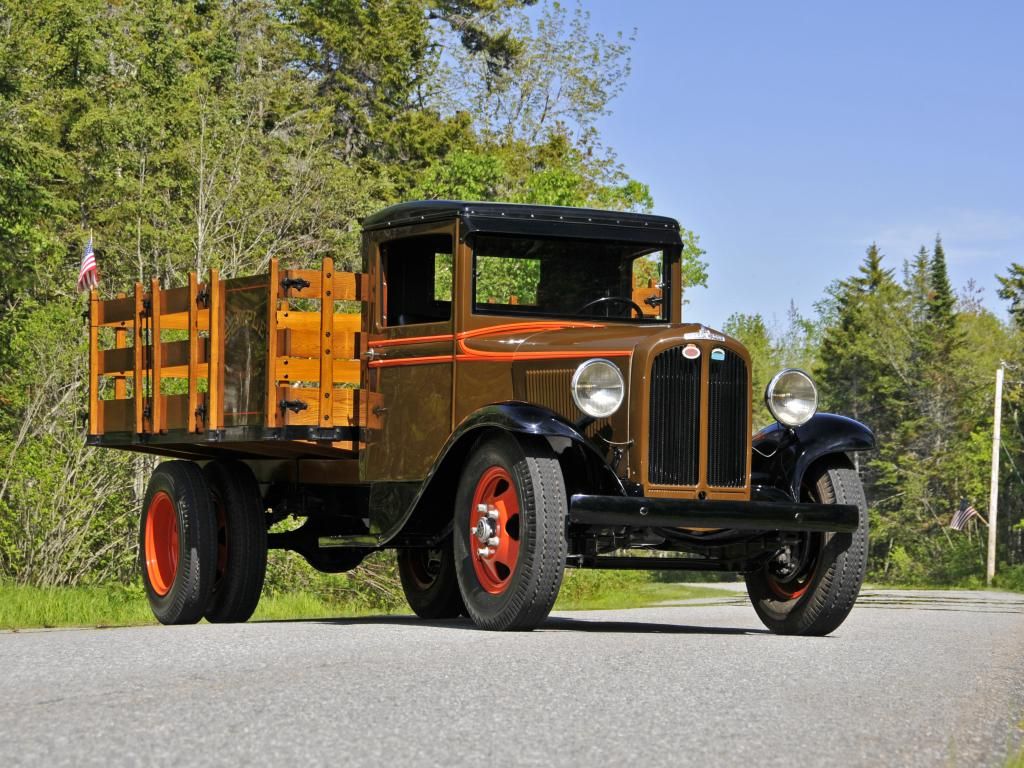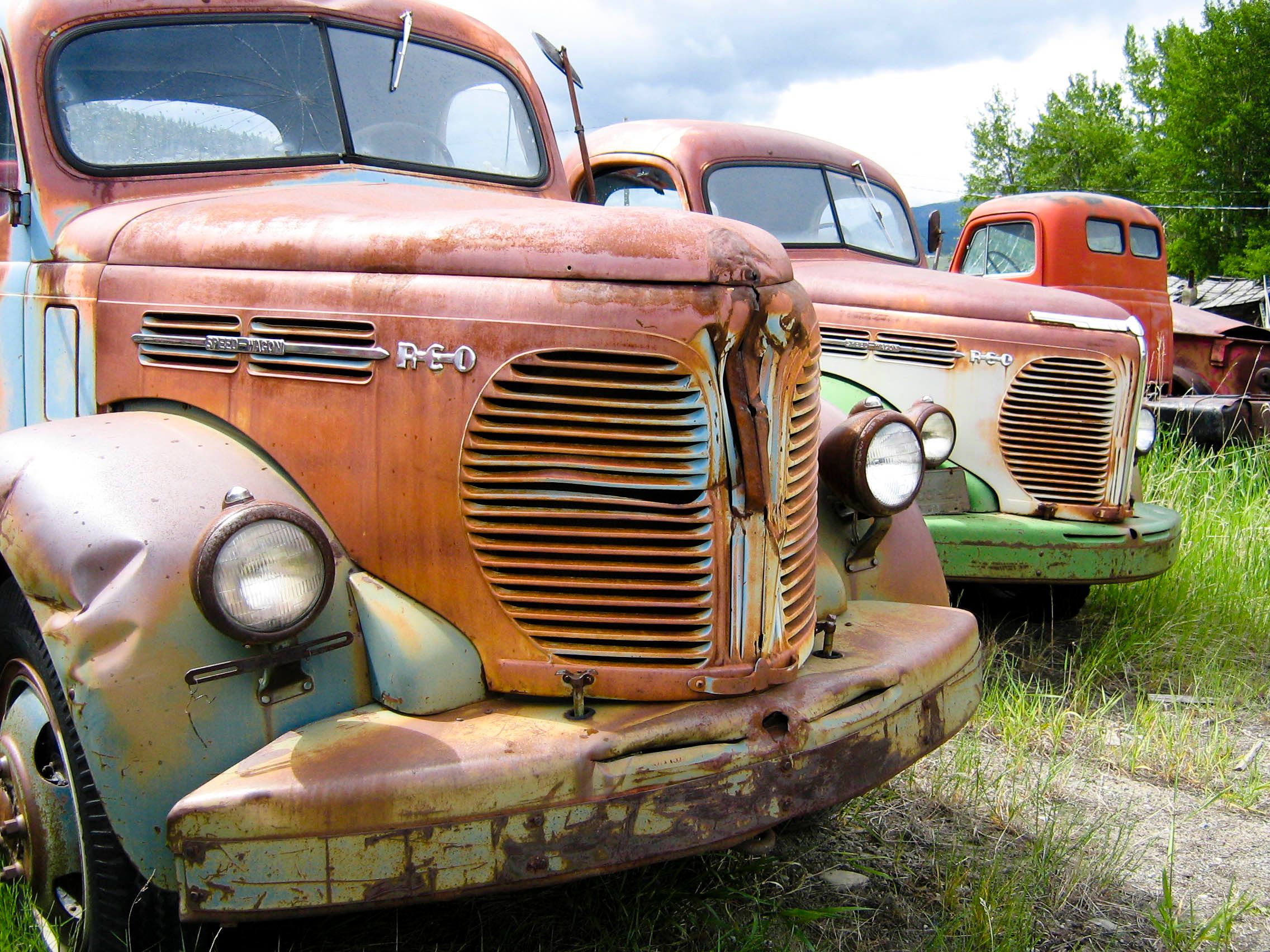Remembered today mostly as the name of a nostalgic rock band, the REO Speed-Wagon was an innovative truck, and marked the beginning of America's most iconic vehicle segment - the pickup truck. It seems odd then, that in today's world where pickup trucks are as popular as ever, that the REO Speed-Wagon is mostly forgotten as a vehicle, and relatively unknown in its contributions to the industry, instead of being known as the name of a band instead of one that symbolizes a rich history, and major impact on the American auto industry.
Entering production in 1915, the REO Speed-Wagon set several firsts for the American auto industry, with plenty of advanced technology for the time, but most importantly it formed the mold all pickup trucks would follow. Seeing massive initial success, the Speed-Wagon was a best seller for REO for over a decade, ingraining itself in pre-WWII America as the gold standard trucks were held to. But this wouldn't last, and the Speed-Wagon along with REO as a company saw a gradual decline.
Ending its promising life with a series of lackluster mergers, REO slowly burned out as a company, taking the Speed-Wagon down with them, and extinguishing the legend of one of America's most important classic trucks.
But that begs the question, what exactly caused REO's demise, and why did they stop making the Speed-Wagon?
Born Out Of Oldsmobile Spite
The name REO may seem almost exotic, but in reality it was simply an abbreviation of its founder's initials. Founded in 1904 by Ransom Eli Olds, REO was born from spite towards another familiar name.
If the surname "Olds" sounds familiar, there's a good reason for that, as indeed, it was also R.E. Olds who had founded what became the company known as Oldsmobile years before creating REO. Founded in 1897 as the Olds Motor Vehicle Company, R.E. Olds led the company to produce some seriously innovative vehicles for the time, including the Olds Curved Dash which was affordable for the average person, and genuinely advanced when compared to other cars of its day. Initially, the cars Olds Motor Vehicle co-produced were known as "Oldsmobiles," but come 1908, General Motors acquired the company, and the entire brand was now referred to simply as Oldsmobile.
3 years prior to this acquisition though, R.E. Olds had left his namesake company, mainly out of spite due to conflicts with the newly appointed company president. Not dissuaded from the auto industry, R.E. Olds founded the REO Motor Car Company and began work on even better cars than he had made at Oldsmobile. This move paid off, and REO's cars were an instant success, hailed for their quality and innovation. More importantly, though, REO quickly became more profitable than Oldsmobile.
The Revolutionary REO
Selling 2,458 cars in 1906, REO proudly stuck it to Oldsmobile, who in turn had only sold 1,600 cars that same year. Seeing continued success building innovative and high quality cars, REO had begun to make a name for themselves as a respected car maker and brand.
While REO's cars saw success, the groundwork for their biggest achievement was set in 1910 when the REO Motor Truck Company was founded as a subsidiary of REO Motor Car Company. 5 years later, the truck side of REO would introduce their greatest hit - the Speed-Wagon. Revolutionizing the truck market, the Speed-Wagon was an instant success.
Context is important, as what we know as a pickup truck was virtually non-existent in 1915. As a result, the REO Speed-Wagon is considered by many to be the first true pickup truck, combining the industrial style and strength of existing trucks, with a daily-driver personal car. It wasn't just this new style of truck that set the Speed-Wagon apart though, as it was hailed as one of the highest quality trucks of its day, with impressive reliability, great hauling power, and long lasting durability. The Speed-Wagon followed up one innovation with several others, being the first vehicle in America to offer shaft-driven axles, pneumatic tires, steel wheels, electric lighting, and an electric starter among other desirable features. This too wasn't the end of what made the Speed-Wagon so popular, as REO would constantly add variations to the Speed-Wagon lineup, including heavy-duty versions, and industrial use variants.
All of this combined to make the REO Speed-Wagon a huge success, and 125,000 of the trucks were made between 1915 and 1925. The Speed-Wagon's success wasn't limited to the consumer market either, with industrial versions of the truck dominating the commercial market for trucks in America, seeing use as fire trucks, ambulances, tow trucks, and more. The Speed-Wagon had made a name for REO, and the humble yet high quality truck became the gold standard for trucks of the time. But, these good times wouldn't last, and the Speed-Wagon along with REO themselves would meet a slow and painful end.
A Slow And Tragic Demise
Enjoying great success through to the 1920s, the Speed-Wagon's future seemed bright. But, in 1929 the stock market crashed, and the Great Depression hit America, annihilating the economy as well as people's desire to buy new motor vehicles.
Seeing the Speed-Wagon's success, REO had previously poured much of their profits into development of future models. Now faced with a lack of sales, REO began to suffer great financial hardship. R.E. Olds himself had left the company several years prior, but seeing his namesake brand faced with such devastation, he returned in 1933 in order to take back control and make the company profitable again. But, things wouldn't turn out the way he envisioned, and R.E. Olds once again left the company in 1934, never to hold a position of power in the auto industry again.
Desperation set in, and REO entered an agreement with Mack trucks, selling the (relatively) small sized Speed-Wagon within Mack dealerships. But, this was not enough to return the company to the financial success they had previously experienced, things would only get worse. In 1936, the decision was made to kill off REO's car division, only focusing on trucks from there on out. This too was not enough, and REO declared bankruptcy in 1938.
WWII broke out soon after, but this was a sort of saving grace for REO, as the US Government gave them much needed funding in order for them to make trucks for the war effort. This war-time boom let REO re-gain financial stability, but with their trucks absent from the civilian market during WWII, their influence, and prestige of name had fallen. REO managed to just barely survive the rippling financial hardship brought on by the Great Depression, but the Speed-Wagon did not, never regaining its initial success. Production of the groundbreaking innovative truck continued after WWII, but not for long, and faced with mediocre sales, the Speed-Wagon's production was brought to a final halt in 1953.
REO would barely scrape through the '40s and early '50s, being bought out by Bohn Aluminum and Brass in 1955. This too was a failed attempt at reviving the brand, and they were once again sold off, becoming a subsidiary of White Motor Company in 1957. REO would never again be the same prestigious truck builder they once were, being merged with Diamond T (another truck builder bought by White Motor Co) in 1967, and renamed Diamond-REO. While production of the Speed-Wagon ended in 1953, REO did manage to survive as Diamond-REO until 1974, where there entered bankruptcy once again, but this time, the REO name was laid to rest for good.




